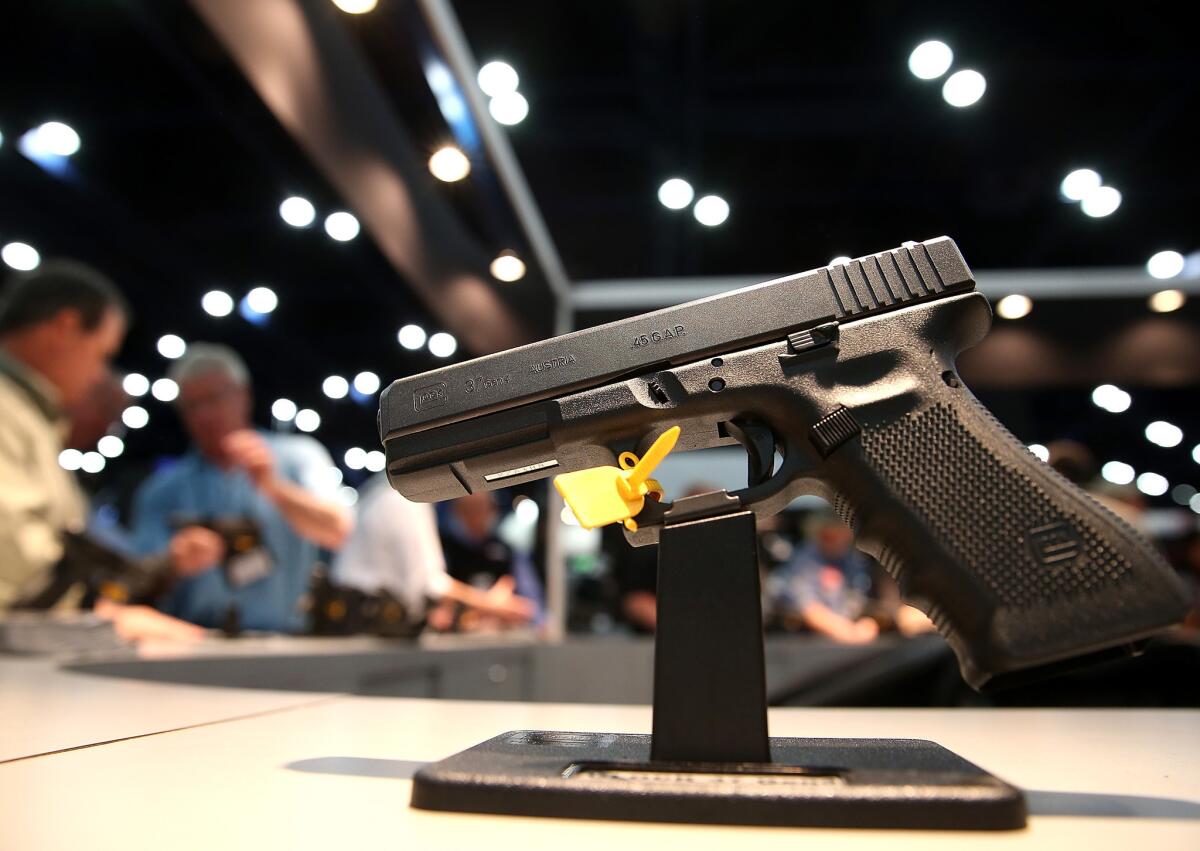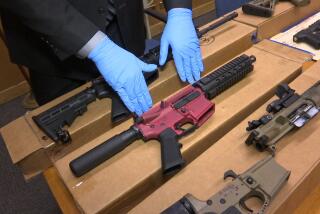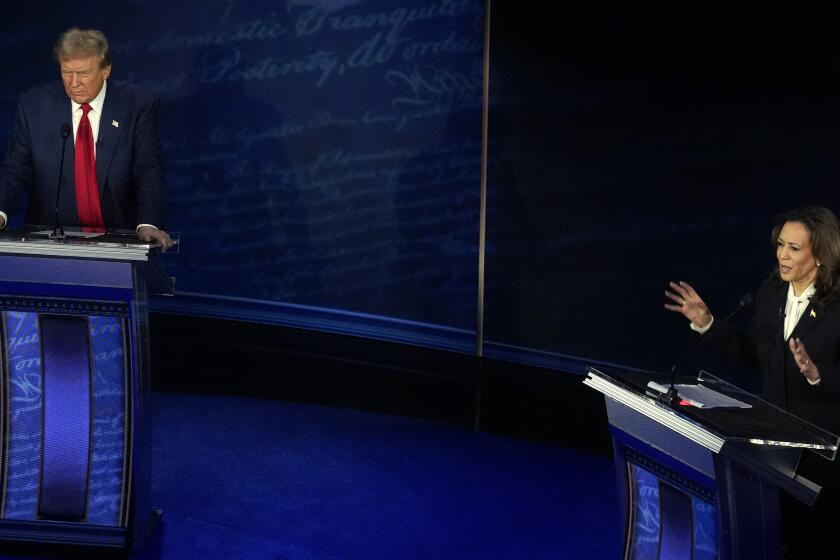Another kind of gun control

Supporters of a measure that would have expanded background checks for firearm purchases decried the billâs death in the Senate last month. But was the defeat really such a bad thing?
Had it passed, the new law would have been hailed as a historic breakthrough by âanti-gunâ forces and a historic mistake by âpro-gunâ forces. But on the ground, where American citizens are being shot and killed every day, nothing much would have changed.
Thatâs the way things have gone for decades in the grinding American culture war over guns. Nearly 20 years ago, gun control advocates fought a bitter war to pass the Brady bill, the beginning of background checks for firearms. They predicted massive crime reductions, which did not come. An assault weapons ban followed, with the same predictions and same insignificant results. When the law expired, there were doomsday expectations of soaring body counts, which we didnât see. As the concealed-carry movement has swept the country, opponents have warned of public shootouts, while those in favor anticipated armed citizens stopping predators in the streets. Neither really happened.
SLIDE SHOW: The 10 trigger-happiest states in America
The fact is that most of the recent debate entirely missed the point about the nature of most gun violence in America. The largest share â up to three-quarters of all homicides in many cities â is driven by gangs and drug crews. Most of the remainder is also concentrated among active criminals; ordinary citizens who own guns do not commit street robberies or shoot their neighbors and wives. Measures aimed at high-capacity magazines and military-style semiautomatic rifles, which could conceivably have helped address Newtown-style shootings, had been stripped from the bill that died in the Senate.
Even if those provisions had been passed, the guns involved in the vast majority of crimes are everyday handguns. Background checks and increased attention to gun trafficking would have made some small difference in keeping guns out of the hands of criminals. But the neighborhoods where this violence is concentrated, most of which are poor and minority, need real help, and they would not have gotten it from the Senate bill.
The most powerful interventions aimed at day-to-day gun violence lie elsewhere. In the absence of any movement in the larger gun debate, mayors, police chiefs, prosecutors and academics have been moving on their own â and have made real progress. The way forward lies in two directions.
One is to focus on âhotâ groups and individuals. Gun violence turns out to be driven by a fantastically small number of people: about 5% of the young men in the most dangerous neighborhoods. It is possible to identify them, put together a partnership of law enforcement, community figures and social service providers, and have a face-to-face engagement in which the authorities say, âWe know who you are, we know what youâre doing, weâd like to help you, but your violence has to stop, and there will be serious legal consequences if it doesnât.â
The original version of this approach, Operation Ceasefire in Boston, cut youth homicide by two-thirds and all homicide by half. A version aimed at parolees with violent criminal records returning to particularly hot Chicago neighborhoods cut homicide by nearly 40%. Bostonâs strategy has since been put in place in many cities (and in the LAPDâs Mission Division in the north San Fernando Valley, with very promising results); Chicagoâs approach is now being replicated in New York state, including in three New York City neighborhoods. Research on the basic approach shows consistently positive outcomes.
The second strategy involves focusing on âhotâ places. Even in high-crime communities, gun violence is concentrated geographically. It is particular blocks and corners, not whole neighborhoods, that are at highest risk. Rutgers University criminologist Anthony Braga has found that such places often stay hot for decades. Focused police attention on those places pays demonstrable dividends. Mere presence works; more sophisticated problem-solving efforts work better.
These approaches can work quickly, and they sidestep the culture war on guns because they require no legislative action. Most important, they bring relief to the beleaguered communities that need it the most.
If discussion about the approaches have been conspicuously absent from the national debate, that is not true at the state and local levels. New Orleans Mayor Mitch Landrieu, for example, is implementing the Boston strategy as part of his âNOLA for Lifeâ antiviolence initiative. Mayor Rahm Emanuel and police Supt. Garry McCarthy have made them the centerpiece of Chicagoâs violence prevention strategy, and they already see results. After making headlines last year for its extreme violence, Chicago is seeing dramatic declines.
Cities need help from the federal government, however. A relatively small investment nationally would provide what they need to understand, implement and sustain these approaches across the nation.
Not long ago, violent crime was a clear federal priority. Efforts included the Clinton administrationâs Office of Community Oriented Policing Services, or COPS, and the George W. Bush administrationâs Project Safe Neighborhoods. Earlier versions of both have been rightly criticized for a lack of focus: the COPS office for essentially being a jobs program for police, and Project Safe Neighborhoods for allowing federal prosecutors to do pretty much whatever they wanted as long as they said it was about gun crime. Both programs are shadows of their former selves, but they could be used to bring the federal government back into a game that it should never have left.
Washington could use vehicles such as the Community Oriented Policing office and Project Safe Neighborhoods to say to cities: These things work, and we will help you implement them. In the vacuum left by the failure of the Senate to act, it not only could but should.
David M. Kennedy is the director of the Center for Crime Prevention and Control at John Jay College of Criminal Justice. His most recent book is âDonât Shoot: One Man, a Street Fellowship, and the End of Violence in Inner-City America.â
More to Read
A cure for the common opinion
Get thought-provoking perspectives with our weekly newsletter.
You may occasionally receive promotional content from the Los Angeles Times.










